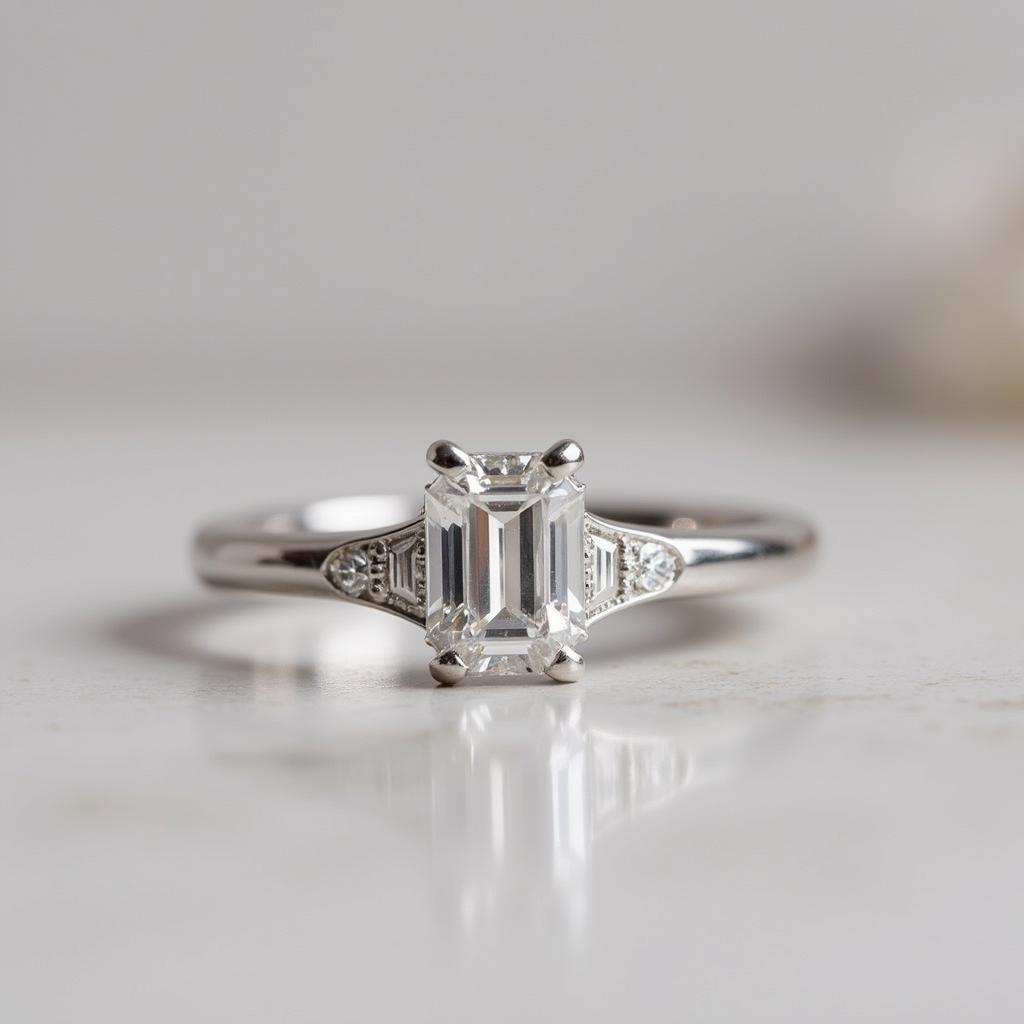Rubbing Plates for Art: Unleashing Creative Potential Through Texture and Color
Rubbing plates, also known as “frottage,” is a captivating art technique that allows artists to transfer textures from various surfaces onto paper. This process involves gently rubbing a pencil, crayon, or charcoal over a textured surface placed beneath a sheet of paper, capturing the ridges, grooves, and patterns of the original material. Rubbing plates offers a unique and versatile approach to artmaking, inviting you to explore the beauty of everyday objects and transform them into stunning visual expressions.
The Magic of Rubbing Plates: Exploring Textures and Colors
Rubbing plates opens a world of artistic possibilities. The beauty of this technique lies in its simplicity and accessibility. You can create intricate patterns and abstract designs by rubbing over a diverse range of materials, including:
- Natural textures: tree bark, leaves, fabrics, stones, and even wood grain
- Man-made textures: corrugated cardboard, embossed paper, metal surfaces, and plastic objects
The choice of medium and the pressure applied during rubbing influences the resulting image. For example, using a soft pencil creates subtle nuances of light and dark, while a charcoal stick produces bolder, dramatic effects.
Creating Art with Rubbing Plates: A Step-by-Step Guide
1. Gather your materials:
- Paper: Experiment with different types, like drawing paper, watercolor paper, or even canvas.
- Rubbing Tools: pencils, crayons, charcoal sticks, pastels, or even colored chalk.
- Textured Surfaces: Explore your surroundings for interesting materials.
- Optional: A ruler, tape, and a cutting mat to create borders for your art.
2. Prepare your surface:
- Secure your textured surface: Place it on a flat, stable surface.
- Secure your paper: Tape down your paper to the surface, ensuring it lies flat.
3. Start rubbing:
- Choose your rubbing tool: Select a tool that complements the desired look and feel of your artwork.
- Apply gentle pressure: Rub your tool over the surface, moving in different directions to create interesting patterns.
- Vary pressure and intensity: Experiment with lighter and heavier pressure to create a range of tonal values.
- Use different rubbing tools: Combine various tools to achieve a rich texture and depth in your artwork.
4. Explore color and composition:
- Color: Incorporate colors by using colored pencils, crayons, or pastels for your rubbing.
- Composition: Arrange your rubbing elements in a pleasing composition on your paper.
5. Experiment with different techniques:
- Layered Rubbings: Create multiple rubbings over the same surface to build up layers of texture and color.
- Collage: Combine rubbing plates with other art materials, such as paper, fabric, or found objects.
- Abstract Designs: Create abstract compositions by rubbing over various textures and blending them together.
Rubbing Plates for Art: A Creative Journey
“[Quote 1]: Rubbing plates is a wonderful way to explore texture and color in a unique and engaging manner,” shared renowned artist [Expert name]. “[Quote 2]: The process is both intuitive and rewarding, allowing for endless creative possibilities.”
Rubbing plates offers a meditative and fulfilling experience. It encourages you to observe your surroundings with a new perspective, appreciating the intricate beauty of textures and shapes that often go unnoticed. By translating these textures onto paper, you create artwork that is both aesthetically pleasing and deeply personal, reflecting your unique artistic vision.
FAQ: Rubbing Plates for Art
Q: What are some great surfaces to use for rubbing plates?
A: You can use anything with a unique texture! Tree bark, fabric, leaves, embossed paper, even metal objects!
Q: How can I create interesting patterns with rubbing plates?
A: Experiment with different rubbing techniques! Try rubbing in circles, zigzags, or even use a stencil to create shapes.
Q: Can I combine rubbing plates with other art materials?
A: Absolutely! Try adding paint, collage elements, or even embroidery to your rubbings for a unique and textured look.
Q: How can I store my finished rubbing plates?
A: Protect your artwork by storing it in a dry, cool environment. You can use an acid-free mat and frame to preserve your rubbings for years to come.
Q: What are some tips for beginners?
A: Start with simple materials, like tree bark or corrugated cardboard. Experiment with different tools to see which ones you prefer. Don’t be afraid to make mistakes, as they often lead to unexpected and exciting results.
Embrace the creative journey of rubbing plates and unleash your artistic potential!
Need help with your next project? Contact us for a free consultation.
For more art project ideas, check out these articles on our website:
Contact Us:
Phone: 02462573573
Email: [email protected]
Address: Savico Megamall, 7-9 Đ. Nguyễn Văn Linh, Gia Thụy, Long Biên, Hà Nội 10000, Việt Nam.
We have a 24/7 customer service team available to answer your questions.


